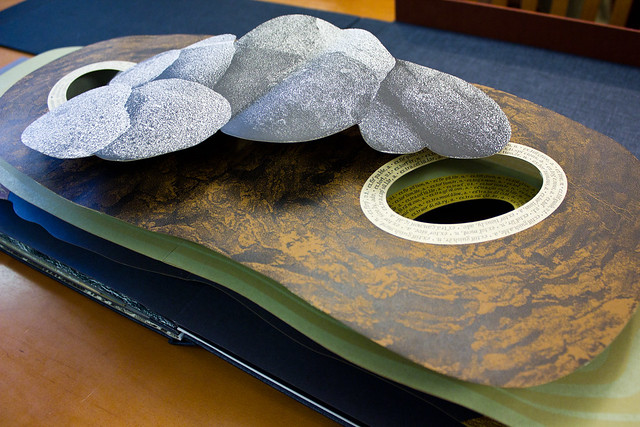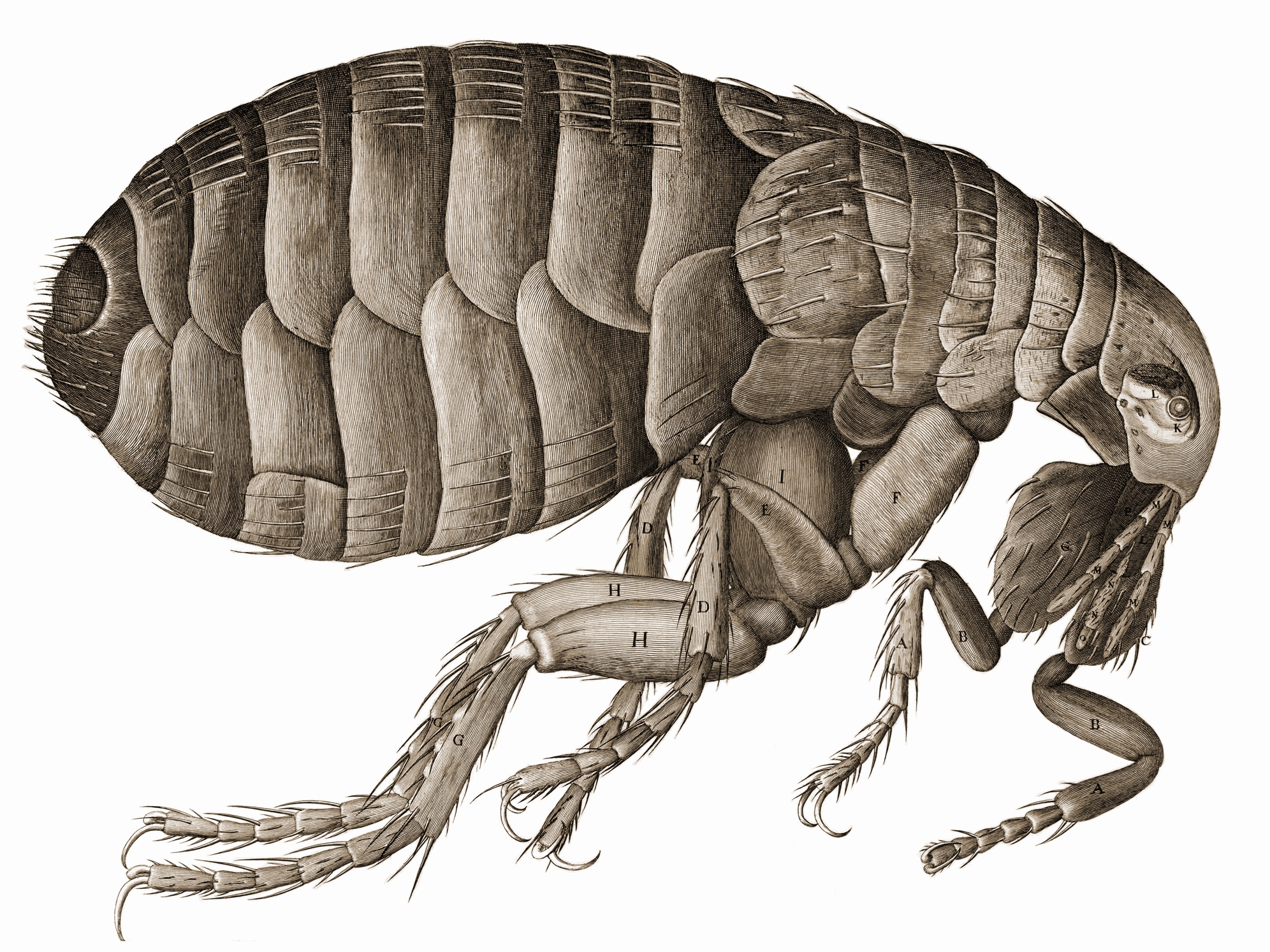It was exciting to see this inspiring and moving collection of Feminist books. The books had a unique characteristic that distinguished them from the other collections that we have inspected in class. Perhaps it is the fact that these books have been made by women, for the purpose of sharing the experiences of women, but each of these books had an innovative and creative means of presenting their books as well as an element of intimacy (in the construction and/or content) that was missing in other book collections.
Evidence of Compression is another feat of book arts by Julie Chen. Upon opening the box, it was a surprise and a bit of a shock to find, not a book, but a…rock…maybe it was supposed to be a clam shell. It looked very organic. Within the structure, was a small oval-shaped booklet that looked like a small pearl set within the larger oyster shell. The small structure of the books inherently created an intimate experience reading the book. The two different texts in the pod. The first one I read included black out poetry where the text called attention to social awareness and change. The second text, I found to be more personal and touching. It explained the core of Chen’s project. It discussed Women’s history of oppression in a gendered society. The following passage resonated with me the most:
To understand history
to hold the smooth hardness
of compression and growth
in the palm of your hand…
Upon reading this passage I understood how Chen was trying to give a voice to the female experience. Chen sees the inequality and injustice women have faced (and continue to face) as acts of compression which oppress and limit the agency of women but rather than allow that to stop us from moving forward, Chen illustrates this compression as a building force that women utilize to accumulate power and freedom from a patriarchal society. Hence the initial structure of the book is not to depict a rock or a clam shell at all but rather the strength and stability that women have created for themselves in society through decades of breaking social norms, making their voices heard. In this way, Evidence of Compression is more than just a work of art, it is also a testament to the struggle of women throughout history and to the revolutionary changes we have and will make in society.
Treading the maze: an artist’s book of daze, by Susan King, is another book which shares an intimate interaction with its reader. Unlike Compression, depicts a single woman’s experience with breast cancer. The most notable feature of the book is its structure, where each page from the right and left side overlap one another. This allows for the reader to choose the order of the pages and the intimate action of delving into the author’s personal, emotional story.
The feminist books of this set are uniquely engaging, personal, and emotional, unlike any of the other book sets. These books are also evidence for why books are still a relevant and important format to engage in. The book format allows for these incredible stories to be shared with a wide audience and to preserve the history and ideals of women throughout time.





